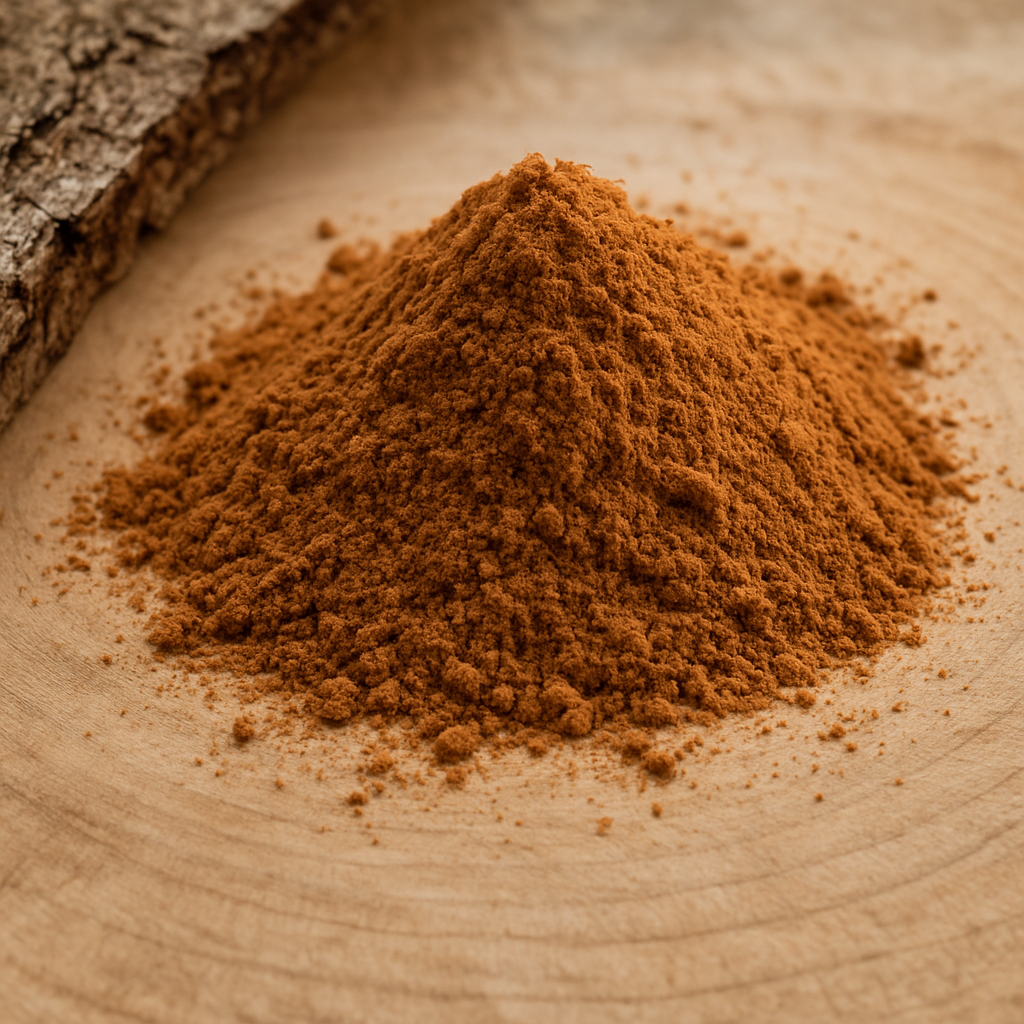WORLD'S BEST ACACIA CONFUSA - ACRB
Free Shipping | Worldwide - 3 Day Delivery
⭐⭐⭐⭐⭐ 4.8 rating
400+ verified customer reviews
✅ Free Express Shipping
✅ Lab Tested for Purity in USA
✅ 1.8% Extraction Potency
✅ Ships from TX or CA to any state in the USA, Sustainably sourced from Hawaii
BUY ONLINE IN USA FROM REVEDA - The leading manufacturer, wholesale bulk supplier of 100% pure Organic Acacia Confusa Bark Powder
Acacia Confusa Bark Powder: Overview
Acacia confusa bark powder is derived from the bark of the Acacia confusa tree, a hardwood species native to Southeast Asia, particularly Taiwan, the Philippines, and southern China. Known for its dense, reddish wood and medicinal properties, the bark is rich in alkaloids and tannins. Traditionally used in herbal medicine, it is believed to support detoxification and reduce inflammation. In recent years, the powder has gained attention for its potential role in natural dyeing processes and as a botanical ingredient in spiritual or shamanic practices, particularly due to its high tannin and alkaloid content, including compounds like DMT and NMT. While it holds ethnobotanical significance, its use in some regions may be regulated due to psychoactive properties. As with all herbal products, quality, sourcing, and legal considerations are important when exploring its applications. Users should consult reliable sources and adhere to local laws and guidelines when handling this plant material.

